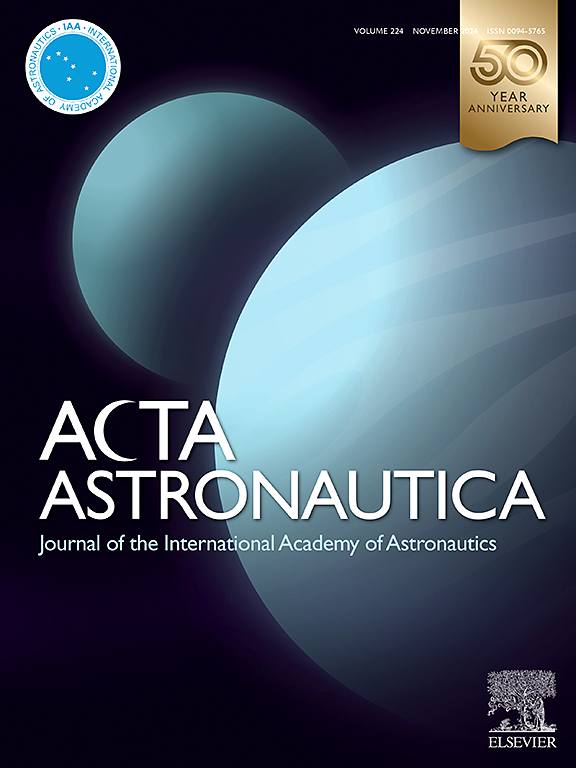空间发射基地发射能力估计的不确定多项式时间算法
IF 3.1
2区 物理与天体物理
Q1 ENGINEERING, AEROSPACE
引用次数: 0
摘要
在设计新的航天发射基地时,必须确定其最大发射能力。当进入假设非常简单时,可以进行发射速率的确定性评估。然而,当约束数量增加时,没有确定性的方法来考虑发射率调度的所有复杂性。这就是为什么我们认为它是一个NP(不确定多项式时间)问题。该特定算法的开发目标是在许多限制条件下,例如发射范围、发射操作员的操作概念(CONOPS)以及任何类型的概率分布函数,在日历年中放置最大数量的发射活动。应用所建立的模型,通过对模型参数的变化,得到了航天发射场发射能力的概率分布函数。该算法的行为已经通过测试用例进行了表征。该算法所具有的多价仿真能力,为深入了解高发射率航天发射场的内在问题和局限性提供了依据。此外,它还可以在空间港的组织、对用户的合同规则方面模拟可能的解决办法,并建议最大限度地提高现有发射能力的技术设施。本文章由计算机程序翻译,如有差异,请以英文原文为准。
Nondeterministic polynomial time algorithm for estimation of space launch base launch capacity
When designing the new space launch bases their maximum launch capacity must be defined. The deterministic evaluation of the launch rate can be performed when the entry hypotheses are very simple. However, when increasing the number of constraints there are no deterministic methods to account for all complexity of launch rate scheduling. That is why we consider it as an NP (nondeterministic polynomial time) problem. The specific algorithm had been developed with an objective to place the maximum number of launch campaigns in a calendar year with numerous constraints, such as launch range, launch operators' concepts of operations (CONOPS), as well as any kind of probability distribution function. Applying the constructed model and varying its parameters, the probability distribution functions of spaceport launch capacity had been obtained over thousands of simulations. The algorithm's behavior had been characterized through test cases. The polyvalent simulation capacity of the algorithm provided the insight to the intrinsic problems and limitations of the spaceport with very high launch rates. In addition, it allowed simulating the potential solutions in terms of spaceport organization, contractual rules towards users and suggest the technical facilities to maximize the available launch capacity.
求助全文
通过发布文献求助,成功后即可免费获取论文全文。
去求助
来源期刊

Acta Astronautica
工程技术-工程:宇航
CiteScore
7.20
自引率
22.90%
发文量
599
审稿时长
53 days
期刊介绍:
Acta Astronautica is sponsored by the International Academy of Astronautics. Content is based on original contributions in all fields of basic, engineering, life and social space sciences and of space technology related to:
The peaceful scientific exploration of space,
Its exploitation for human welfare and progress,
Conception, design, development and operation of space-borne and Earth-based systems,
In addition to regular issues, the journal publishes selected proceedings of the annual International Astronautical Congress (IAC), transactions of the IAA and special issues on topics of current interest, such as microgravity, space station technology, geostationary orbits, and space economics. Other subject areas include satellite technology, space transportation and communications, space energy, power and propulsion, astrodynamics, extraterrestrial intelligence and Earth observations.
 求助内容:
求助内容: 应助结果提醒方式:
应助结果提醒方式:


